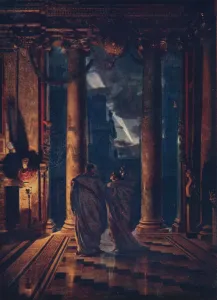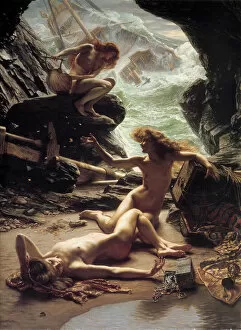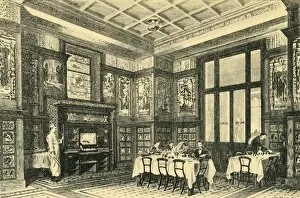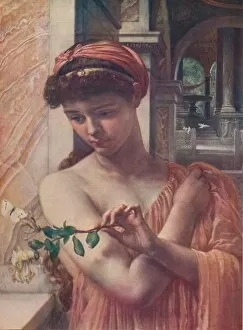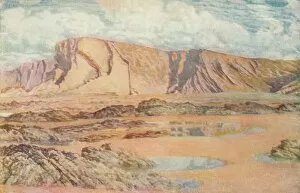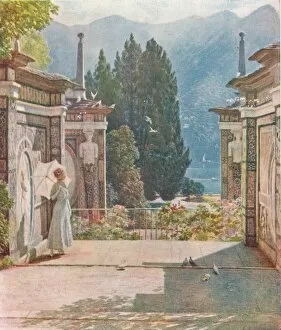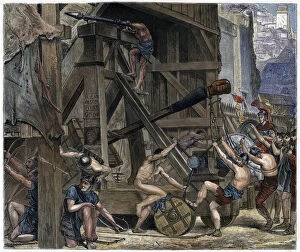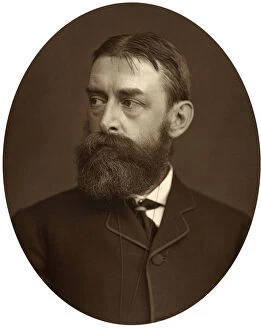Sir Edward John Collection
Sir Edward John Poynter, a renowned artist of the 19th century, left an indelible mark on the art world with his exquisite creations
All Professionally Made to Order for Quick Shipping
Sir Edward John Poynter, a renowned artist of the 19th century, left an indelible mark on the art world with his exquisite creations. Born on the Ides of March in 1836, Poynter's talent and passion for art were evident from a young age. In 1877, Alphonse Legros captured Sir Edward John Poynter's essence through a captivating portrait. The painting exudes elegance and sophistication, reflecting the artist's refined taste and artistic prowess. During the 1860s, John & Charles Watkins immortalized Poynter in their lens. These photographs provide us with glimpses into his life during that era—a time when he was honing his skills and establishing himself as an influential figure in the art community. Poynter's creativity extended beyond traditional canvases; he also ventured into decorative wall tiles. In the c1860s, J M Benson crafted stunning January-themed tiles under Poynter's direction. These intricate designs showcase both his attention to detail and ability to transform everyday objects into works of art. Bernard Collier collaborated with Poynter on "Apelles: design for a mosaic" around 1864. This piece exemplifies their shared vision for creating breathtaking mosaics that would leave viewers awestruck by their beauty and grandeur. The East Dining or Grill Room is another testament to Sir Edward John Poynter's artistic genius. Captured by John Watkins in the c1860s, this photograph showcases an opulent space adorned with ornate decorations—an environment fit for royalty or those who appreciate fine craftsmanship. One of Poynter's notable masterpieces is "Israel in Egypt, " painted in 1867. This artwork captures biblical scenes with remarkable precision while infusing them with emotion—evidence of his ability to bring stories to life through paintbrush strokes.

